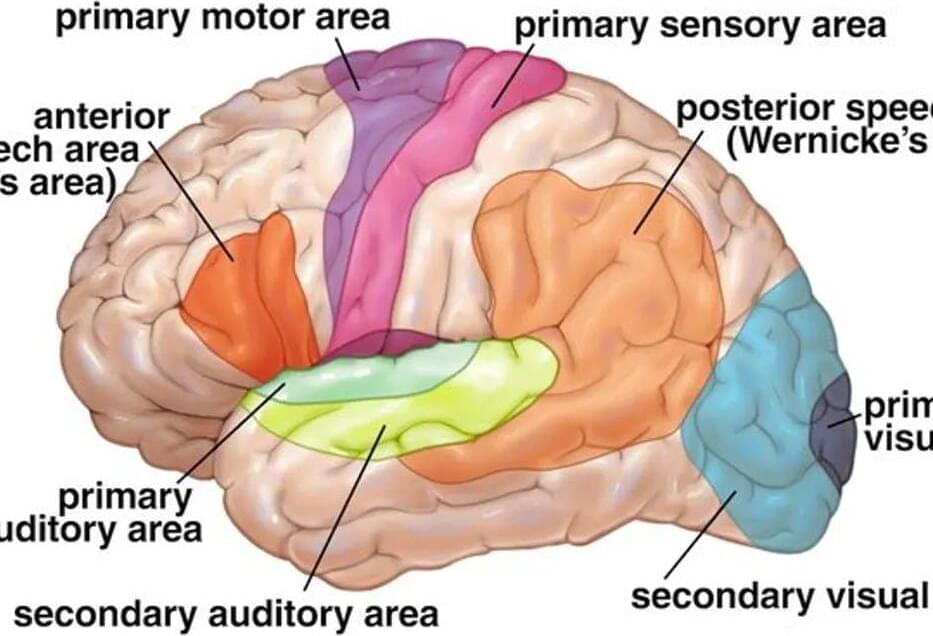Google CEO Sundar Pichai believes artificial intelligence is the most profound technology in the history of human civilization—potentially more important than the discovery of fire and electricity—and yet even he doesn’t fully understand how it works, Pichai said in an interview with CBS’s 60 Minutes that aired yesterday (April 16).
“We need to adapt as a society for it…This is going to impact every product across every company,” Pichai said of recent breakthroughs in A.I. in a conversation with CBS journalist Scott Pelley. It’s the Google CEO’s second long-form interview in a two weeks as he apparently embarks on a charm offensive with the press to establish himself and Google as a thought leader in A.I. after the company’s latest A.I. product received mixed reviews.
Google in February introduced Bard, an A.I. chatbot to compete with OpenAI’s ChatGPT and Microsoft’s new Bing, and recently made it available to the public. In an internal letter to Google employees in March, Pichai said the success of Bard will depend on public testing and cautioned things could go wrong as the chatbot improves itself through interacting with users. He told Pelley Google intends to deploy A.I. in a beneficial way, but suggested how A.I. develops might be beyond its creator’s control.









